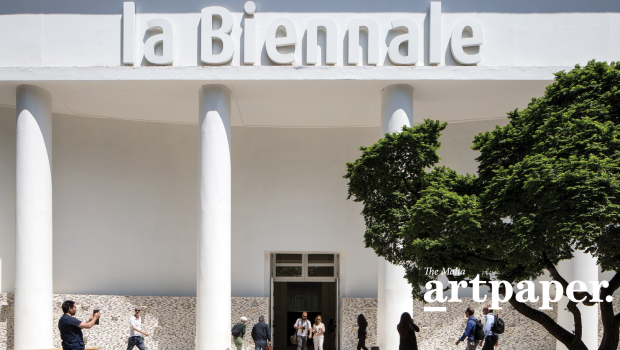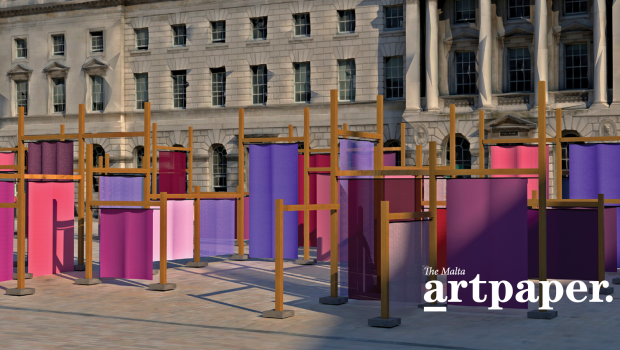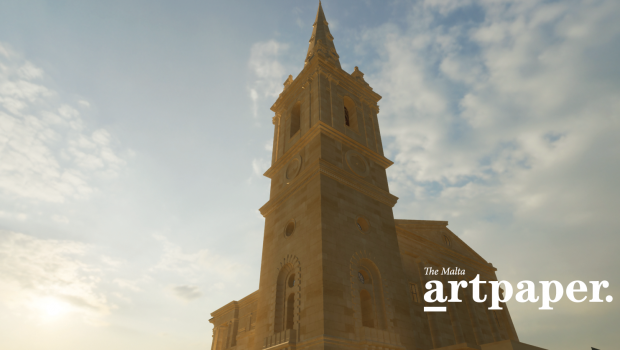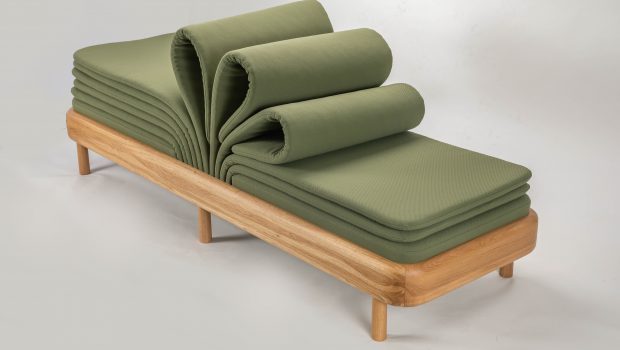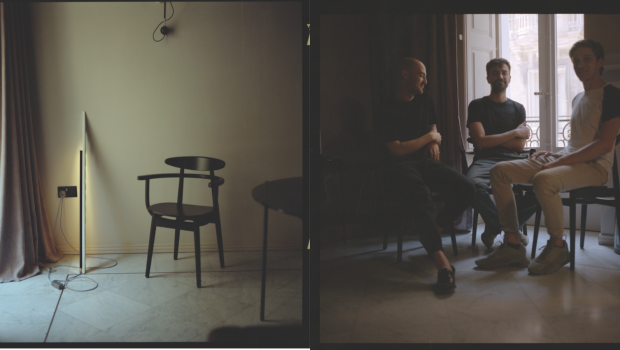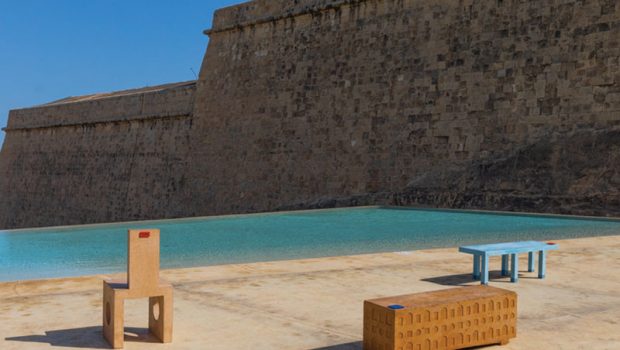Suq, Uncovered
A no holds barred take on one of Valletta’s most well-known and most hotly disputed venues. By Lisa Gwen Andrews
The covered market is open. It’s been open since the first days of 2018, just shy of the official launch of Valletta’s term as European Capital of Culture.

Then and now: Is-Suq tal-Belt before and after its controversial restoration. Image wikimedia commons
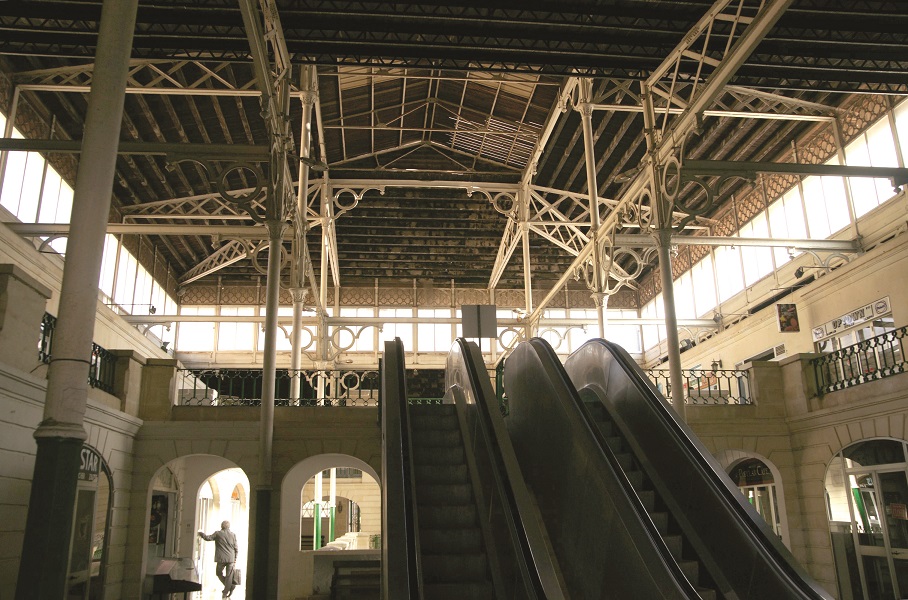
Then and now: Is-Suq tal-Belt before and after its controversial restoration. Image wikimedia commons
The stunning and wholly unique (in Malta) British Colonial structure, which should be exalted, rather recedes into the background amidst the newly-added fabric.
Less than two years down the line, and it seems – although I stand, and hope, to be corrected – as though many have forgotten that along with MUŻA, Valletta Design Cluster and Strait Street, the Suq was one of four infrastructure and flagship projects of Valletta 2018. Targeted as a regeneration and conservation project that would give the Valletta market purpose and renewed functionality, whilst making it attractive and accessible to the community, the original plan and brief was for 15% of the Suq to be retained for “cultural activity”. Where this 15% of space would be located, remained vague. The outdoor terraces were mentioned, as was the Suq’s first floor. Reports and news articles differed in stance, whilst clarifications were never given.
It’s safe to say that the primary function of the Suq is, in reality, that of a food court, with a food market downstairs, and venues for private functions upstairs. It is true, that the space is finally being utilised, ‘experienced’ by customers and patrons – whom I had hoped could also be called audiences. But I do question the kind of experience that these patrons are gaining… and leaving behind.
The Suq occupies an entire block – and as such it should be viewed as a sculpture in the round.
The Suq is a crowded space. All kinds of scents and smells waft heavily through the interior, making it feel smaller and more cramped than it actually is. The stunning and wholly unique (in Malta) British Colonial structure, which should be exalted, rather recedes into the background amidst the newly added fabric.
Whether on the interior, or the exterior, tables and chairs abound, both cluttering and abasing the overall design; there is also no attempt at homogeneity to link the spaces together. The tables and chairs extend onto Merchant Street from the outdoor terrace space, which had originally been touted for cultural activity, hence the reason behind the permits applied for and granted to have outdoor furniture. Originally, it was a question of either or, not both.
Initially, the terrace actually seemed to have been designed as a social, public space, with its apparent low seating surrounding the terrace’s perimeter. And yet, proof that this space was not designed for or with people in mind, came when potted plants and distasteful ‘Private Property’ signage sprouted.
Although neglected and unkempt, the old Suq was accessible from St Paul’s as well as Merchant’s Street. The symmetrical double staircase on St Paul’s Street offered visitors a convenient route as well as an alternative entry point. Access from St Paul’s Street has now been completely done away with and replaced with a wide balcony-cum-terrace which seems to have been designed for the exclusive use of employees. The balcony also acts as a roof above the loading and unloading dock, which unfortunately is too low and narrow to cater for larger vehicles.
Back in February 2017, whilst works were still underway, environmental NGO Din l-Art Ħelwa, had issued a statement saying that the cantilevered balcony “seemed to have been carried out without Planning Authority authorization,” and that it “severely impacts the ‘aesthetic and architectural values of the building’ as well as the fine aesthetics of Saint Paul Street”. The balcony stayed, the sidewalk disappeared, the bus stop had to be moved, the road was narrowed.
The Suq’s ‘back of house’ is probably the most shameful part of the project: trash, skips, large refuse bins, illegally parked cars, litter strewn across half of the perimeter surrounding the block, and completely obstructing the two streets flanking the main entrance – Old Theatre Street and Felix Street – which have become completely dysfunctional. The side views of the Suq are also quite appalling. I recently found myself in an apartment on Felix Street, and the views of kitchens, stores and annexes is all that can be seen, making it all incredibly unattractive. The Suq occupies an entire block – and as such it should be viewed as a sculpture in the round. Only, in this case, the ‘exhibitors’ have decided to opt for the single view as it were, which could also explain the general state of neglect on three out of four sides of the build.
But why the lengthy rant? Why the detailed descriptions of the present state and situation? Simple. It irks me, profusely, that a project seemingly riddled with illegalities, remains as is. True, an enforcement order was recently issued against the illegal canopies erected to cover the terrace area, however, the public is never really supplied with updates. And at the time of writing, the canopies haven’t been removed. The same goes for the cantilevered balcony. And despite much research, no news portal seems to have carried an update following Din l-Art Ħelwa’s appeal. Neither are the original plans, drawings and renders of the project – won by Arkadia Group in 2016 – which was granted a 65-year long lease, easily accessible. Only an article published on June 26, 2016, in The Malta Independent, titled A Quest to Merge Tradition and Innovation for Valletta Market, seems to carry the original designs – which, viewed nowadays, look like a completely different project. There is no disproportionate glass enclosure on the topmost level of the Suq, there is no low wall surrounding the terrace, there is no street furniture on Merchant Street. The colour palette is neutral, aesthetically appealing; the design seemed to have focused on an openness and accessibility that is completely missing in the present Suq. What went wrong, and where? Why were the original plans not adhered to? And how is it acceptable for a project, to win a tender, only for its delivery to contrast so sharply against the proposed designs?
In 2010, I wrote an article titled Spotlight on Valletta’s Covered Market. It was published shortly after having submitted my Masters dissertation which focused on the proposal of museum / space for modern and contemporary art, and the Suq was one such identified location. So I hold this project, this whole build, very much at heart. Following the presentation of my thesis, Chris Briffa developed a project proposal for the Suq, that he titled: Valletta Art Museum (VAM), and which, call me biased, I thought was a beautiful and sensitive project.
Perhaps a museum wasn’t the ideal designation for the Suq, perhaps it wasn’t the ideal community project. However, the present set up is a far cry from the ideal. I wonder how long the lustre of the present Suq will last, I wonder whether it will become a cold space, an attraction and a pit-stop primarily for tourists. In my mind, it will always be a lost opportunity, a space rife with wasted potential. The present issues could be ironed out, rectified. More effort could be made to truly combine food and culture, as had been determined by architect and Professor Marco Casamonti, during early interviews on the project. All it needs is more of a people-centric vision, a sensitivity for the context, and a respect for the Suq’s heritage.

